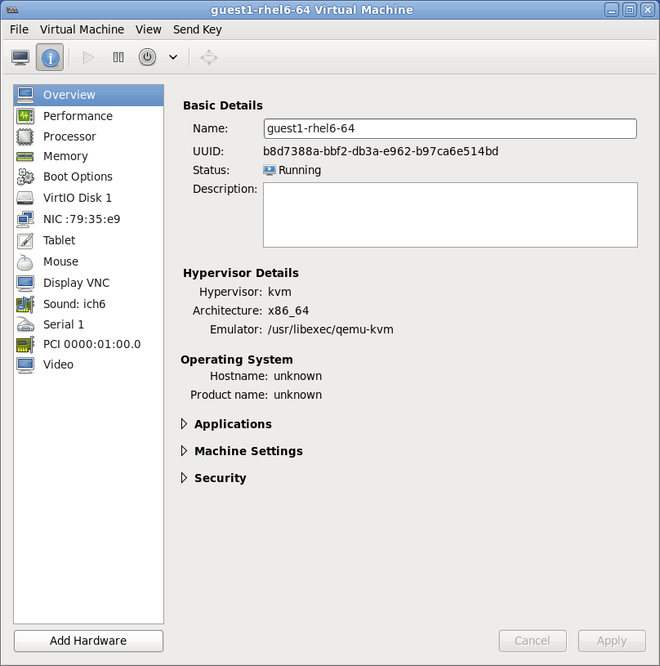Sep 8, 2011 - Re: [net-next-2.6 PATCH 0/3 RFC] macvlan: MAC Address filtering. In macvlan passthru mode the single guest virtio-nic connected will. One more reason to use TUNSETTXFILTER > interface was for qemu-kvm who uses.
Qemu:virtio-net: Use Tunsettxfilter For Mac Pro

Is the above possible? I'm using Ubuntu 11.10 with the current version of KVM, Qemu etc that is in their repo's. I have been trying to get this to work on a Windows XP guest for a day or so now, but without success. When I add the pass-through filesystem into the settings for the VM, on boot Windows XP detects a new 'PCI Device' and attempts to find the drivers for it, and fails. I have tried the driver CD that Red Hat provides but that was unsuccessful.
Qemu:virtio-net: Use Tunsettxfilter For Mac Download
I have found the following relating to a Linux guest - But have found very very little on doing the same with a Windows Guest, which is leading me to believe this may not yet be supported. Is that correct? Or if it is supported, how do I do it/add the drivers?
Qemu-img convert -f vmdk ws2012.vmdk -O qcow2 ws2012.qcow2 and a bunch of variations of that. Unfortunately, no matter what I did, WS2012 just wouldn’t work correctly!
After wasting a very frustrating day, I decided to rebuild an identical image from scratch in QCOW2 format to bypass the issue completely. To my further frustration, the available documentation on the internet for doing so is actually quite sparse and in some cases nonexistent. I thought it would be useful to write up exactly what I did this time as a blogpost, so that others can hopefully use it as a resource and avoid the pain points that I had to go through (since Windows doesn’t use text based configuration files, making changes means booting the image, making the changes and reuploading, rather than simply mounting and modifying the image). First thing you will need is a computer capable of running KVM, with VT extensions enabled in the BIOS. My advice is to use a CentOS 6 machine, as I found that images I created on newer distributions like Ubuntu 14.04 or CentOS 7 would not boot on RHEL/CentOS 6 machines due to changes in the version of QCOW2 used.

Creating the image on CentOS 6 means that the image you create will be bootable everywhere. Along with this, you will need to have a Windows Server 2012 ISO accessible on the computer and product key (Aptira is a partner), and and the.
Make sure you install virt-installer and virt-manager: yum -y install virt-install virt-manager Alternatively, if you don’t want to install the GUI virt-manager on to the computer, you can install that locally and connect to the computer over SSH with virt-manager.

 0 kommentar(er)
0 kommentar(er)
